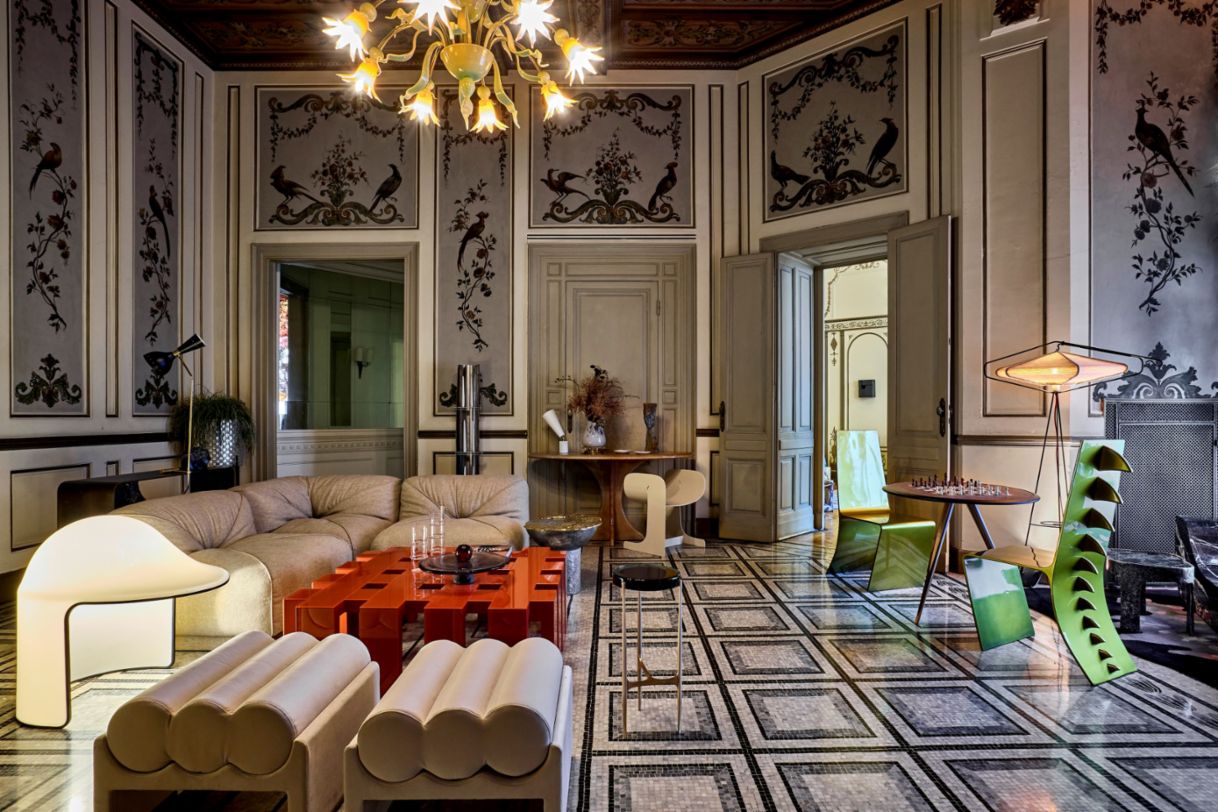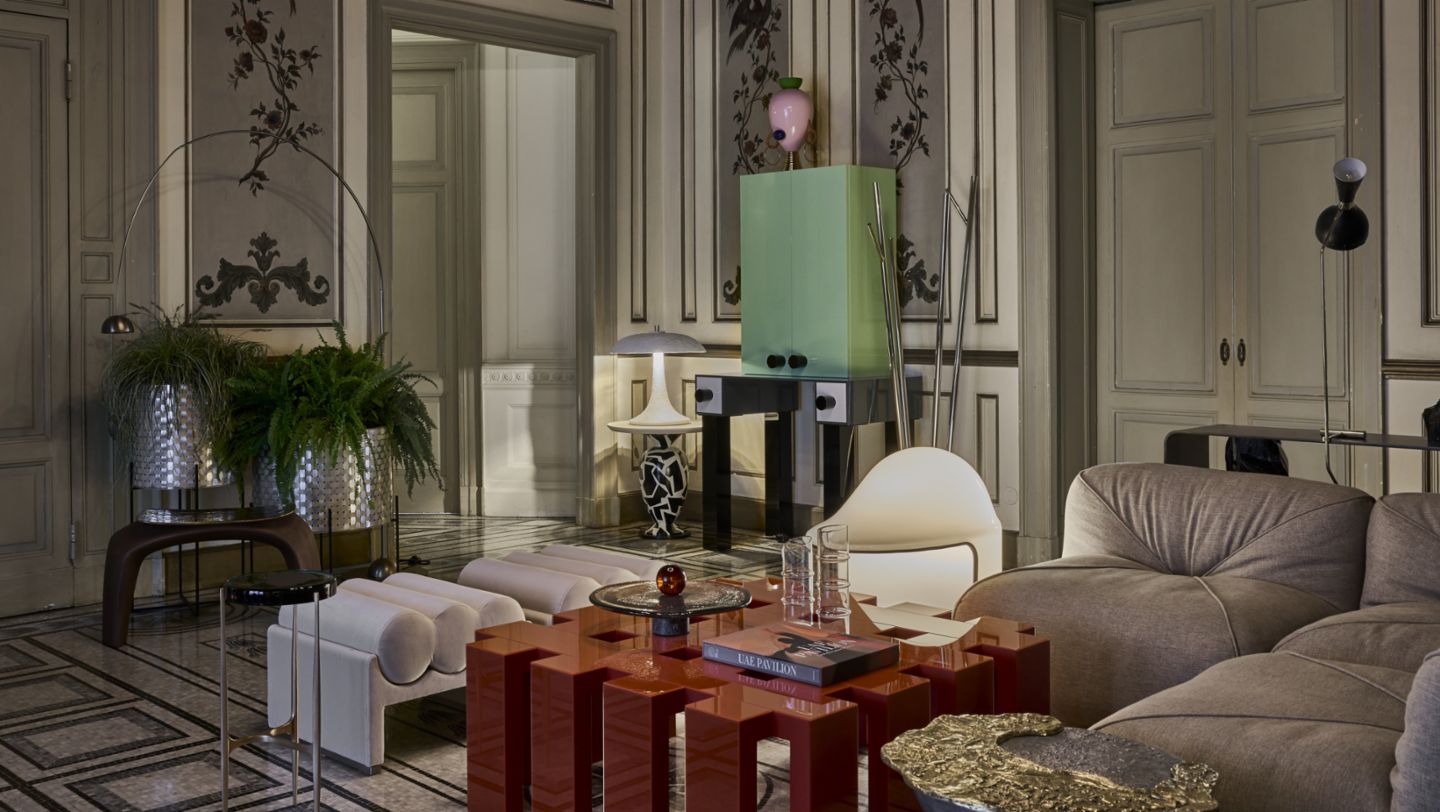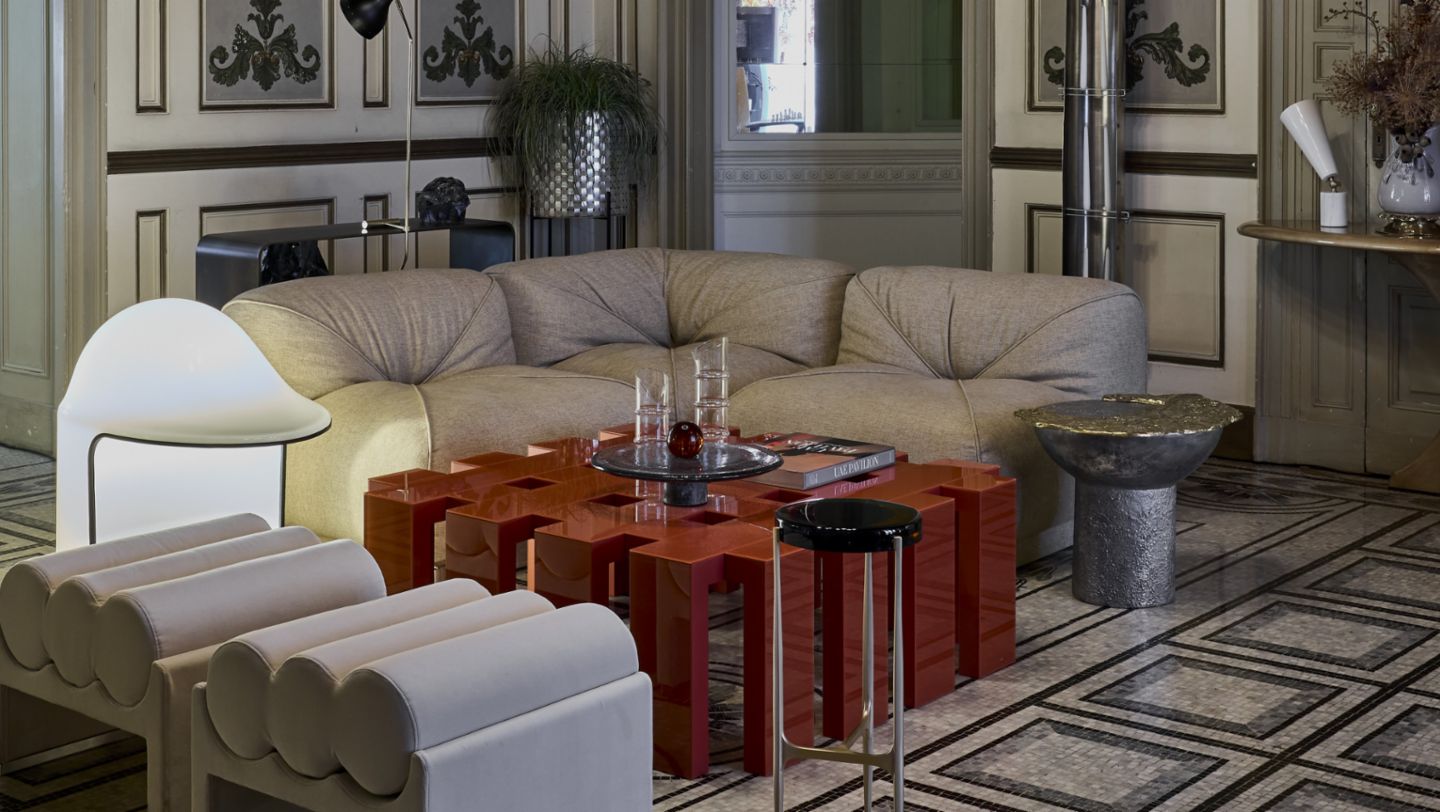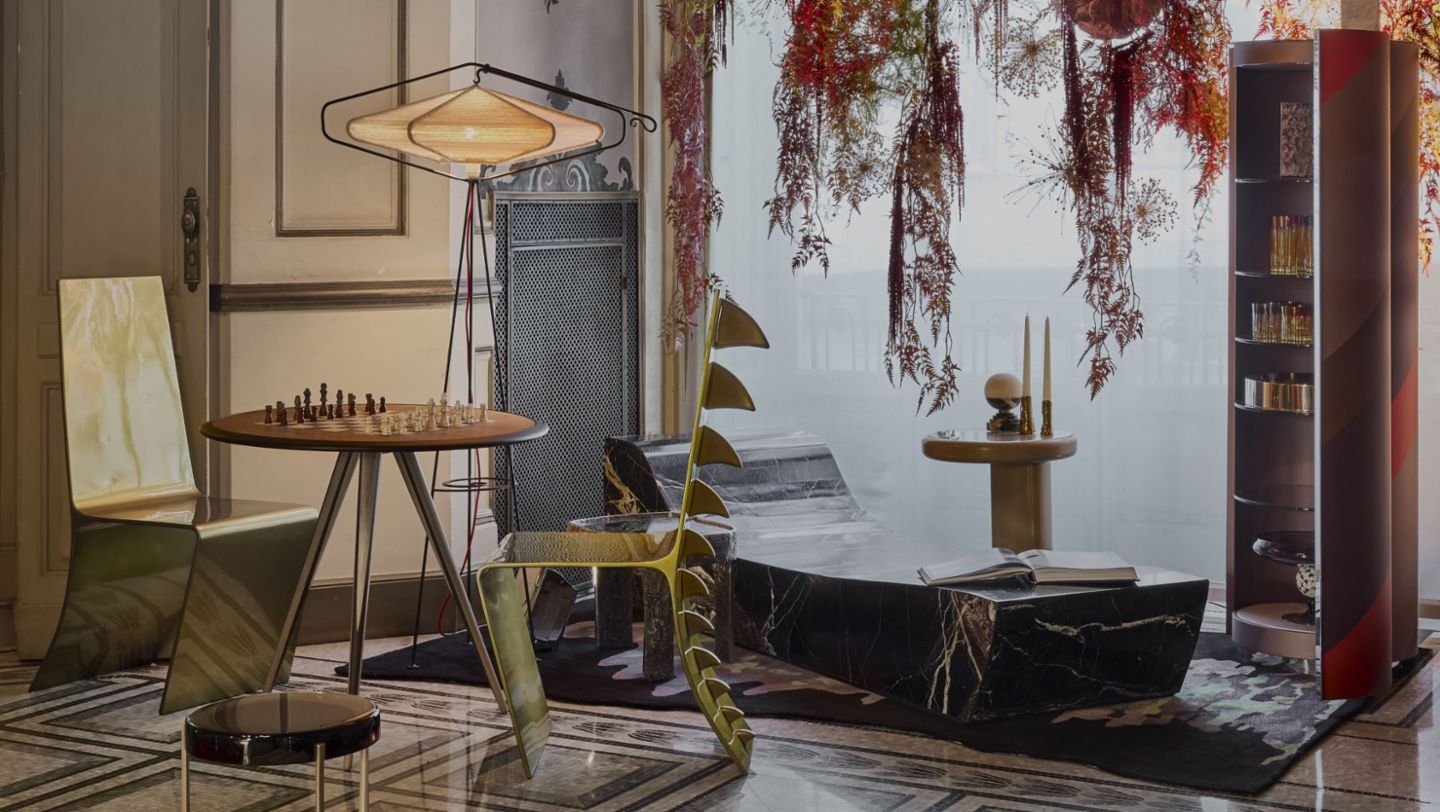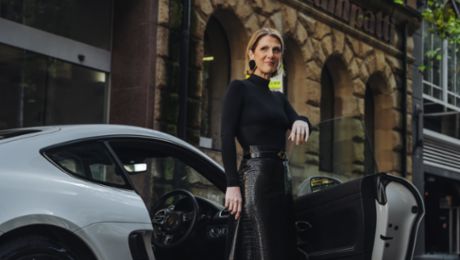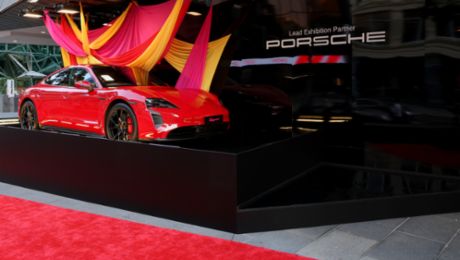Be prepared for an unexpected answer when you ask Simone Haag how she came to scale the heights of her chosen field. The Melbourne-based decorator, whose sharp eye and curating skills have placed her among the most sought-after when it comes to creating luxury interiors, attributes much of her success to a strong early grounding, which came about thanks to two random events.
“Helicopters and hotels,” she says, speaking from her family home, an Australian modernist masterpiece surrounded by native bush.
“I began my journey studying business, but it was travel that ultimately reshaped my path. After graduating, I spent a snow season in Victoria’s alpine region, where a chance encounter led me to join a heli-boarding operation run by a friend’s father. It was an immersive introduction to the world of curated, high-end experiences.
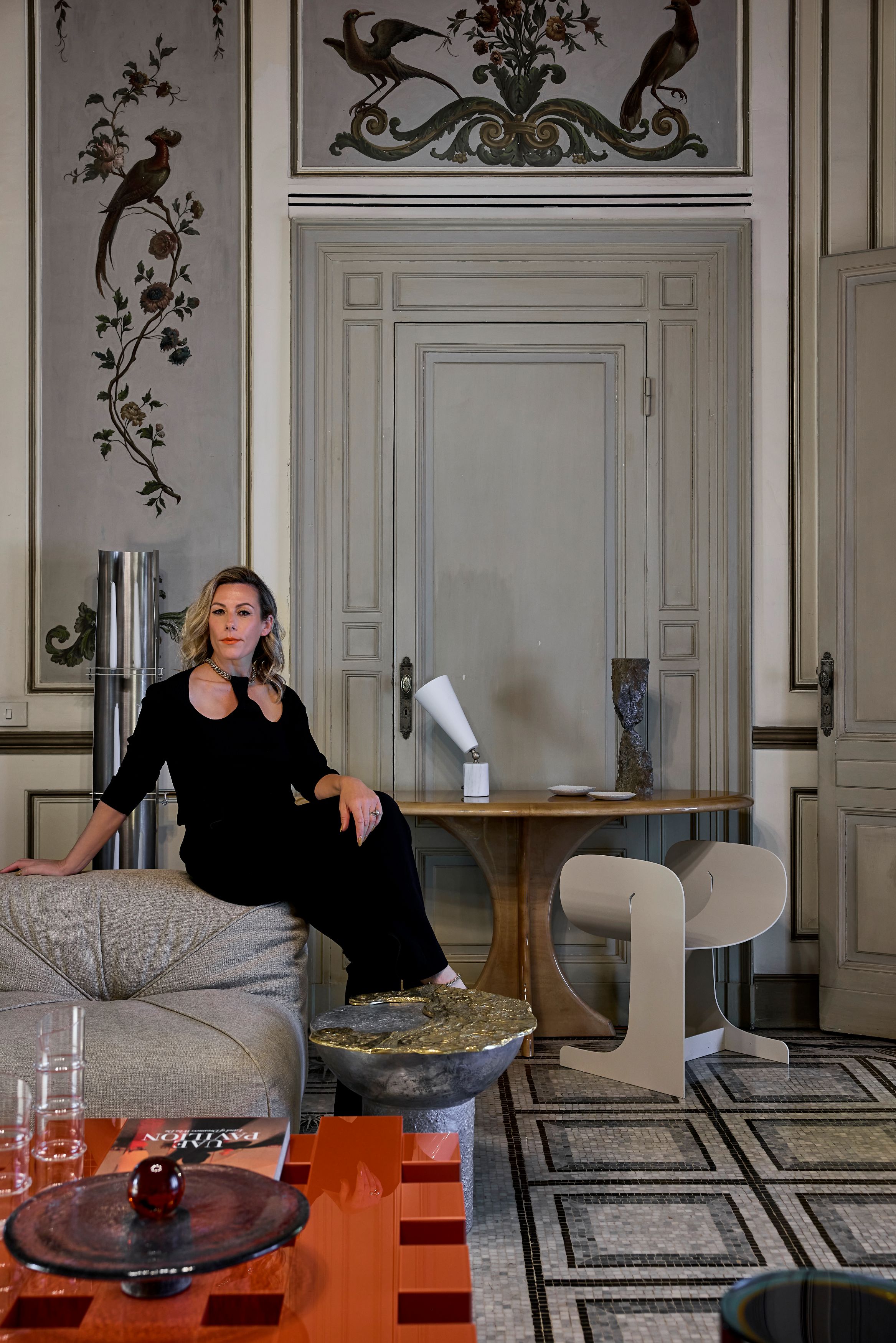
From there, I followed the snow to Europe, spending several seasons in the French Alps before settling in London, where I worked at the Sanderson Hotel, a defining property of the boutique hotel movement. It was there that I first encountered the transformative power of design, and without realising it at the time, I found myself drawn to the world of interiors and the emotional resonance that beautifully considered spaces can hold.”
It also lit Simone’s creative fuse. Hosting famous names from music and movies and curating events like BAFTA after-parties put her at the epicentre of a rarefied creative world.
“I was moving in this incredible London scene. It was also my first real experience of being cocooned in fabulous design.”
A chance meeting with the CEO of surf brand Quiksilver led to her working on a famous photographic and promotional tour for some of the world’s biggest names in surfing. Her next adventure was spent in private aviation with assemblages of actors, rock stars and royalty. But in the background, the desire for home simmered after seven years away travelling.
Her suitcases packed with experience and a creative itch she could no longer ignore, Simone headed back to Melbourne.
“My next step was always going to be creative, not corporate. After years immersed in highly styled environments and elevated experiences, interiors felt like a natural progression.
"I went on to spend eight formative years with one of Australia’s leading interior design studios, where I honed my craft across high-end residential projects — from sourcing furniture to overseeing installations, styling for photo shoots, curating fine art, and contributing to brand and marketing initiatives.
"It was, in every sense, the most invaluable apprenticeship.”
Enduring design
Simone Haag opened her own studio in 2014. Her CV of luxurious interiors today has to share space with the cabinet of awards she has netted both in Australia and overseas. Her creative imprint can be found inside top-end private residences such as Melbourne’s landmark Weeroona House and luxury stays like Sydney’s Capella Hotel.
“’Enduring’ is a term often used to describe my work,” she says. “It’s a very kind reference, but the credit needs to be shared with our clients. It’s essential to stretch aesthetically to achieve enduring design. When a client can extend to the furthest edge of their aesthetic comfort level they’re making a commitment to sacrifice the safety of a ‘middle ground’, which many people tend to opt for with their personal environments. And by making this sacrifice they give rise to a space that always feels rewarding, and this helps create an impression of timelessness.”
"It’s essential to stretch aesthetically to achieve enduring design." Simone Haag
Achieving this requires a carefully refined process, one that Simone has honed over many years. It focuses on the client and their in-home relationships before addressing any of the items that ultimately make it inside their houses and hotels.
“It’s important that a space instils a sense of confidence — that it feels grounded, intentional, and truly reflective of those who inhabit it. Creating this experience often means temporarily sharing custodianship of the space with the client, guiding it through a thoughtful transformation. There’s a profound sense of pride in witnessing clients embrace their finished environment — especially as it comes to life with family, friends, and meaningful moments.”
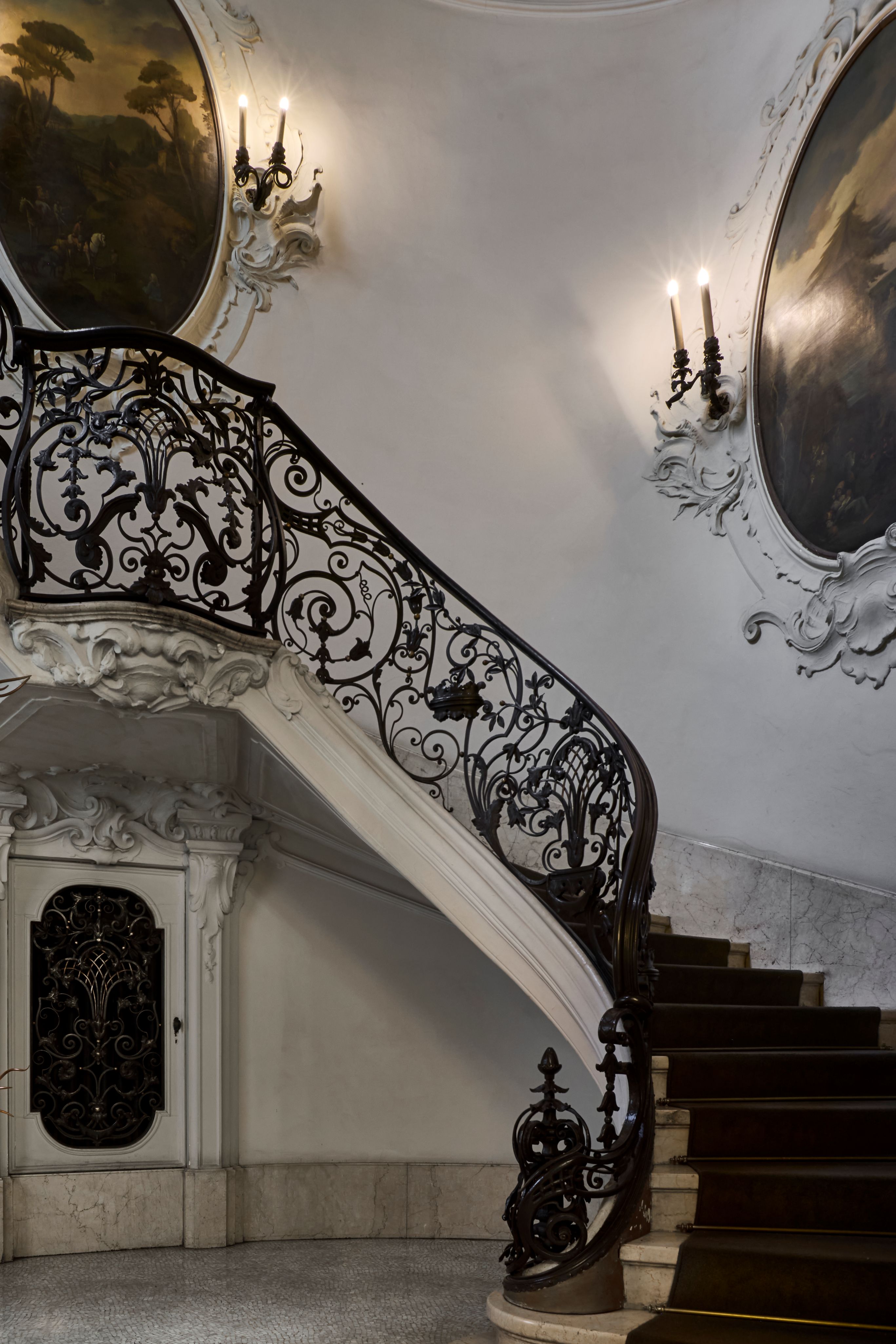
Simone says creating these spaces requires trust, especially given the influence they can exert on people.
“Winston Churchill is credited with saying 'we shape our buildings and afterwards our buildings shape us.' It underlines why our homes and spaces require careful thought, and why style is much more than a curated image. Style might not be important to everyone but in my work it can be a powerful catalyst for confidence.
“Why not surround yourself with the things that make you happy? It doesn’t have to be a total house fit-out, it could be as simple as beautiful bed linen.”
L'Appartamento by Artemest
Travel gives Simone a large part of her design and decorating inspiration. She expressed much of it during this year’s Milan Design Week where she was one of only six internationally acclaimed designers chosen to individually curate one of six rooms at Palazzo Donizetti at the third edition of L’Appartamento by Artemest, an exhibition that celebrates the timeless allure of Italian craftsmanship and design through the lens of globally renowned design talents.
The nineteenth-century palazzo offered a rich canvas for Simone, who was assigned the task of curating the first-floor foyer. Far from a blank space, and far from anything found in Australia, this period-detailed room dazzled with its symmetries of mosaic tiling and gold-edged wall panelling with floral insets.
“I felt a great responsibility decorating the foyer,” she says. “Because it was the first space visitors encountered when entering the palazzo, it set the tone of their emotions for the experiences they would have in the other beautifully styled rooms that followed."
Simone started selecting pieces the moment she received the decorating brief for the room. All six designers had to choose items from Artemest’s extensive catalogue of artisan-made furniture and accessories. The designers’ item selections followed a ‘no duplication’ rule, which meant once a designer had chosen an item for their room it was unavailable for use by the other designers, intensifying the challenge.
“Winston Churchill is credited with saying 'we shape our buildings and afterwards our buildings shape us.' Simone Haag
“It was an exercise in decisive curation, speed dating for furniture if you will. Once a piece was chosen, there was no opportunity to revisit or revise. The process demanded clarity and conviction. Fortunately, I’ve always trusted my instinct; I often understand what a space requires within moments of entering it. That same sense of immediacy struck me the moment I stepped into the palazzo’s foyer — the architecture spoke, and the direction became clear.”
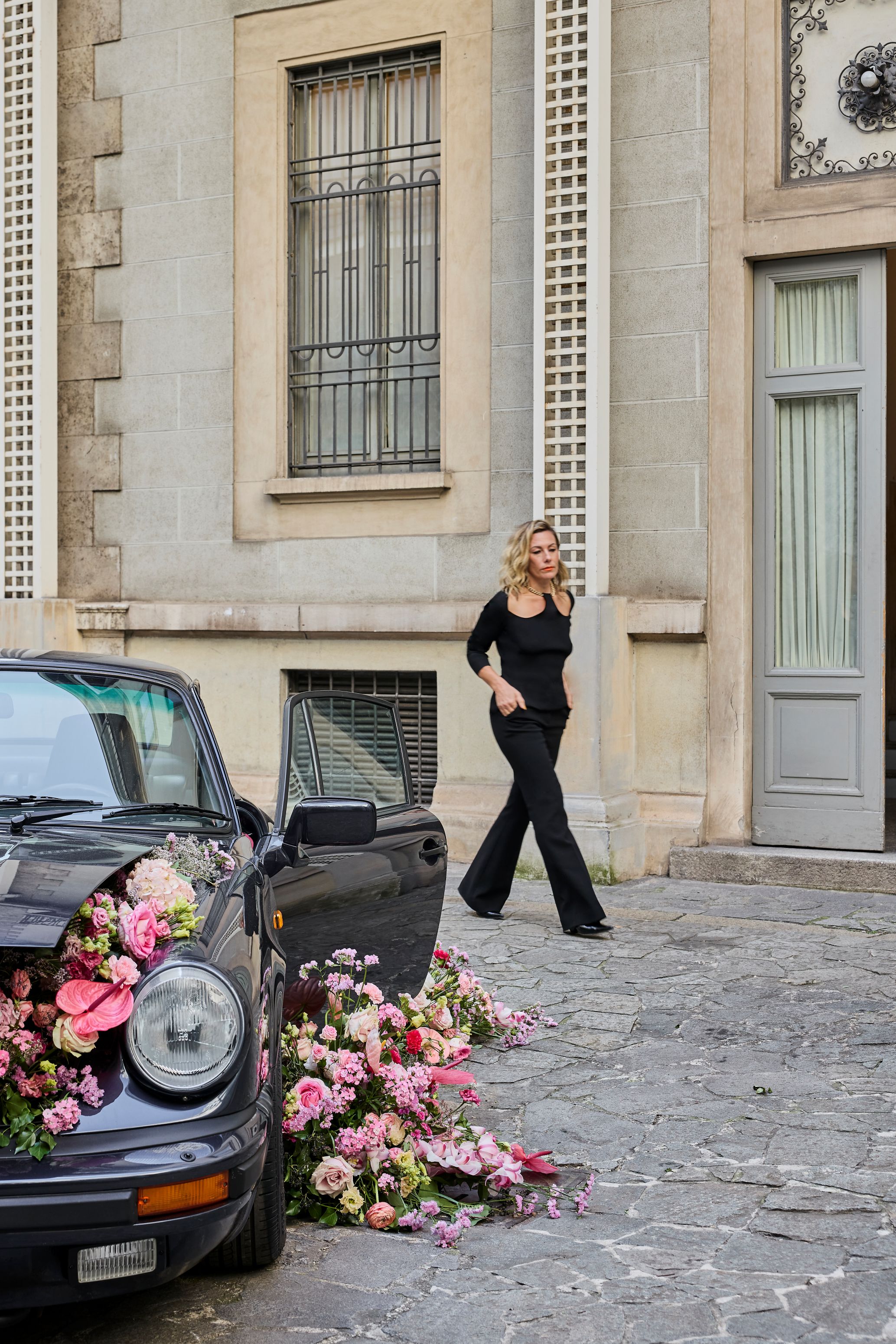
Simone’s selection of items juxtaposed contemporary collectible design with the room’s elegant heritage. Among the many highlights were an altreforme light green Ernest Bar Cabinet by Elena Cutolo, which was situated next to a VGnewtrend Tree Unnatural gold coat stand by Giorgio Ragazzini. On the cabinet’s other side stood a Sigma L2 white encaustic and gold Majolica Lamp which sat atop an Extroverso optical small table by Giannella Ventura. A stunning black-and-red marble chaise lounge was illuminated by an AV Metal honeycomb floor lamp fitted with a UFO-shaped wool lampshade. And a Papero 1971 white table lamp by Cini Boeri offered soft reading light next to the Ghindini 1961 armchair.
And Simone’s favourite element?
“The Terry red glass coffee table. Its grid-like form echoed the mosaic floor’s intricate pattern and it embodied the bold spirit I sought to create.”
For six days, around 40,000 visitors queued patiently around the block for the opportunity to see the designers’ work inside Palazzo Donizetti. Even though international media coverage broadcast the success of Simone’s decorating choices, it was the impact of gentle smiles and nods from visiting guests that hit deepest.
“One of the most memorable aspects was hearing the word complimenti repeated by so many — a gesture of admiration that felt all the more meaningful given the context. As the presentation was entirely a reflection of my decorative vision, those acknowledgements resonated deeply. It was, in many ways, the most flattering and genuine form of recognition.”
As if by magic, the foyer’s visual impact was driven by a seamless blend of classic, current and futuristic elements that appear timeless together. It was a similar theme outside in the palazzo’s courtyard. As visitors departed the building they walked past an artistic installation with a classic Porsche 911 as its centrepiece. Floral displays burst from the Prussian Blue coupe, its doors and bonnet forced open by torrents of flowers as if the sports car were in full bloom.
“It was a perfect clash of enduring natural beauty with enduring industrial beauty,” said Simone. “Had the car been inside the palazzo’s foyer it would have been perfectly at home.”

